AO Edited
Lovelock Cave
How a bat poo mine became a major Native American archaeological site—and connections to legendary red-haired giants.
Bat guano (dung) was an improbable boom commodity around the turn of the last century. It was an important ingredient in fertilizer before artificial nitrogen fixation had been invented. Every “bat cave” became the center of a burst of mining activity, and Nevada’s Lovelock Cave was no exception. In their excavations, the miners encountered Native American artifacts, which they largely discarded in a heap outside the cave. Only when the artifacts started to hinder the operation did professional archaeologists become involved in excavating the cave properly.
Unsurprisingly, the mining had seriously damaged the archeological record of the site, and as word got out that artifacts had been found looters added to the destruction. Later archeologists even referred to their work as a “salvage operation.” Still, much information was recovered, and Lovelock Cave remains one of the best-documented archeological sites in the Great Basin in Nevada.
Some artifacts, missed by the looters, were later found, one of the most extraordinary being a cache of 11 woven tule decoys. They were finally dated in 1984 by carbon-14 accelerator mass spectrometry, which can be carried out with extremely small (milligram-sized) samples. The ages ranged from around 100-300 B.C., making these decoys among the oldest known.
Lovelock Cave overlooks the Humboldt Sink, where the landlocked Humboldt River ends. It is still a wetland—even now it will fill to form Humboldt Lake in wet years—and the area would have provided abundant resources for early Indigenous people.
The Paiutes, a Native American tribe in Nevada, passed down a story orally of a race of giant, red-haired “barbarians” called the Si-Te-Cah. The story goes the giant race was defeated at Lovelock Cave, and that perhaps some of the artifacts uncovered there were connected to the ancient people.
Know Before You Go
To get there take the Lovelock Cave Backcountry Byway. One straightforward way is to exit I-80 at Exit 106 in Lovelock and cross back (west) under the freeway. Then turn left on Amherst Avenue, the first cross-street encountered. Stay on this road as it bends back under the freeway and heads straight south through irrigated farmland. At 8.5 miles from the turn onto Amherst, you will encounter a T-junction at Derby Road, at the edge of the irrigated lands. Turn left here. In half a mile, this road makes a right-angle bend southward. It then crosses an irrigation canal and the Humboldt River and is now graded. In another 1.5 miles, take a shallow right, which should be signed. This is a large, well-defined graded road that should be easily passable in dry weather to passenger cars. It is now 7.9 miles to the trailhead parking lot for Lovelock Cave.
The trail is straightforward, if a bit steep and narrow going up to the cave. There is a viewing platform inside the cave; flashlights will be useful. Beware of rattlesnakes in warm weather, especially near the cave mouth.
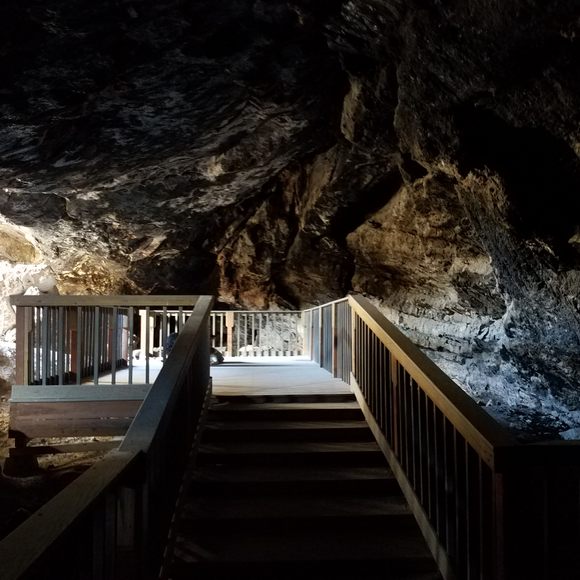



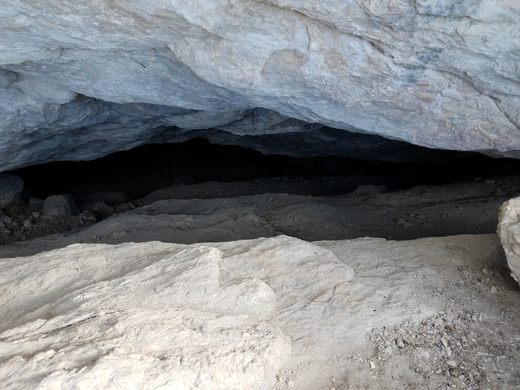

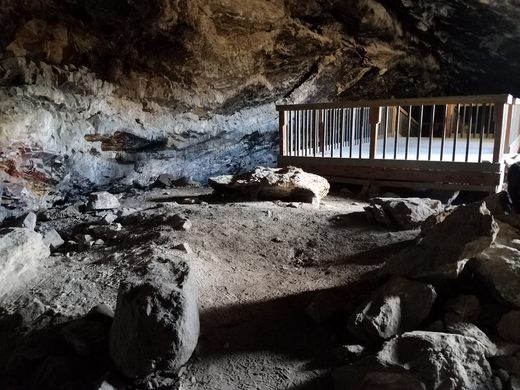
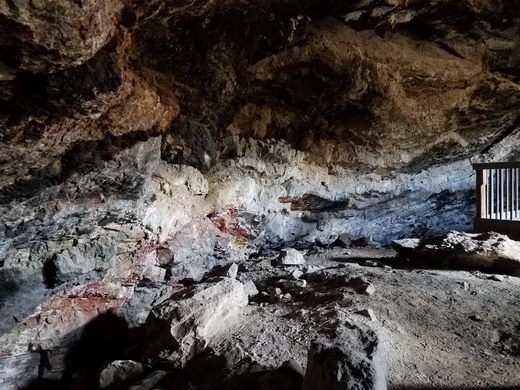
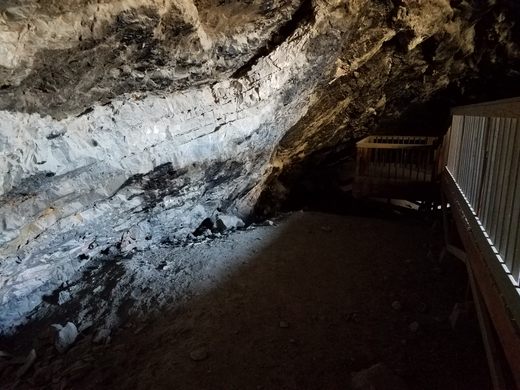
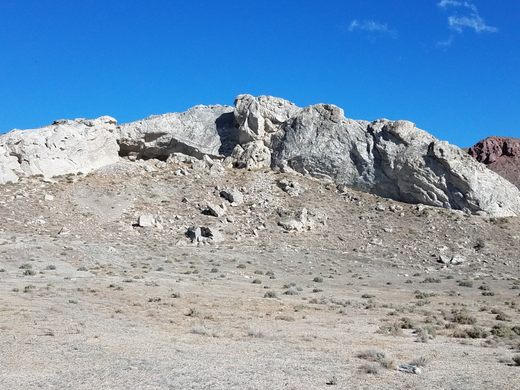
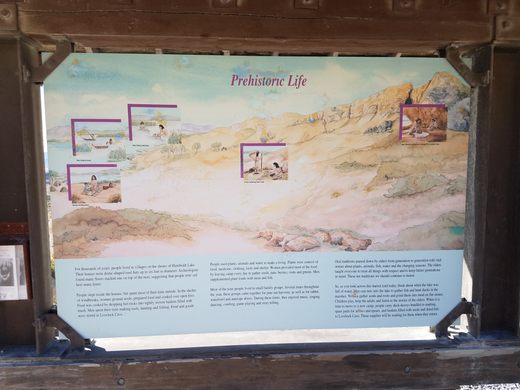
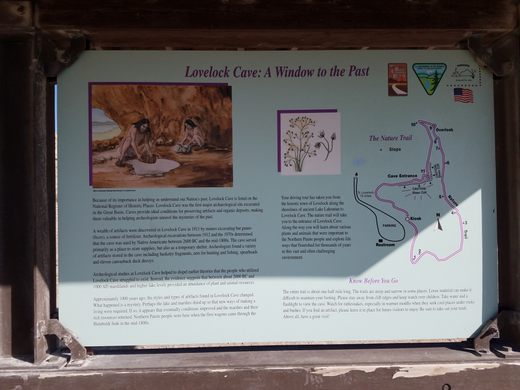
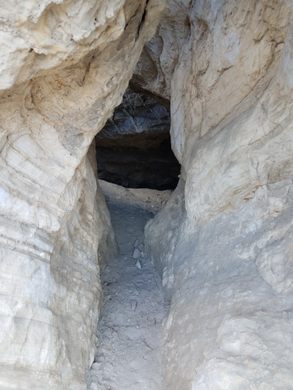
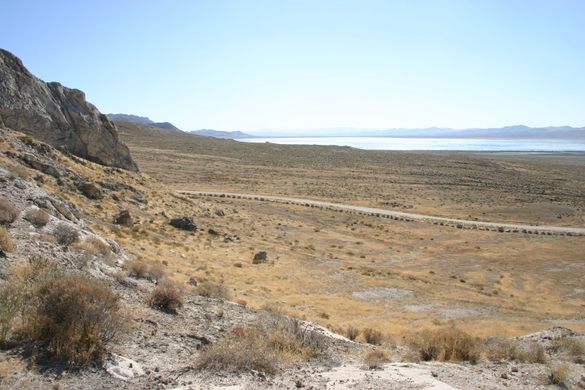

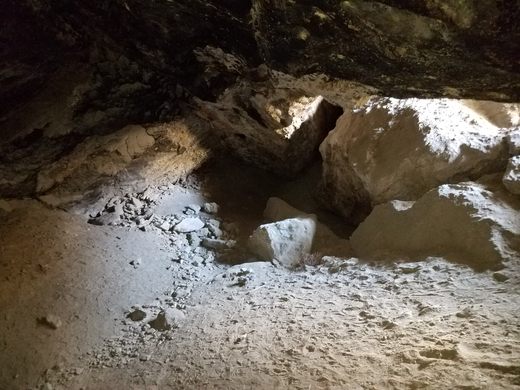
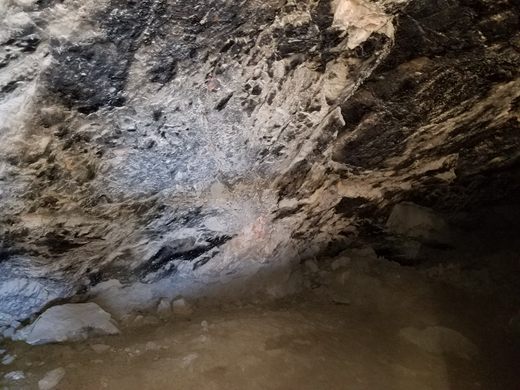
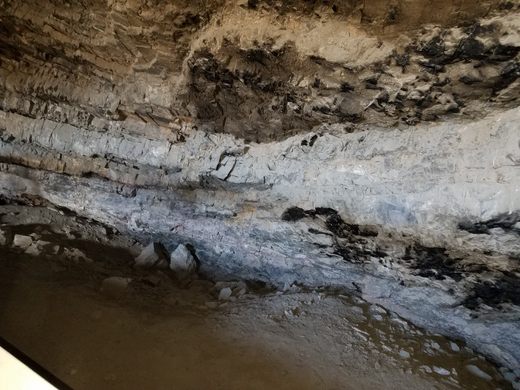


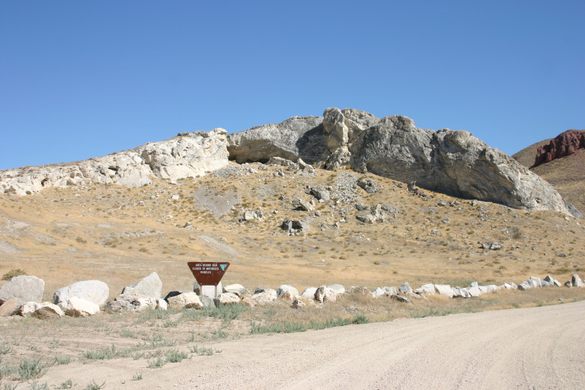





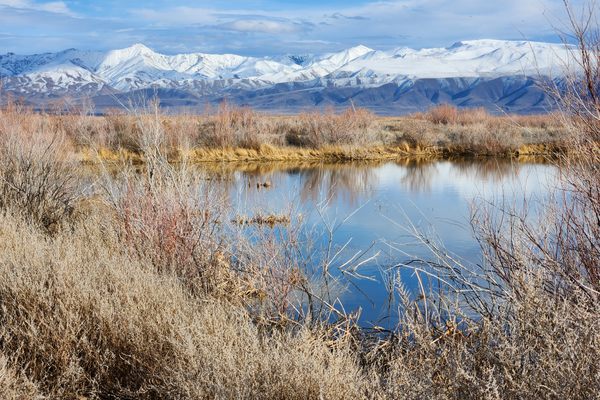



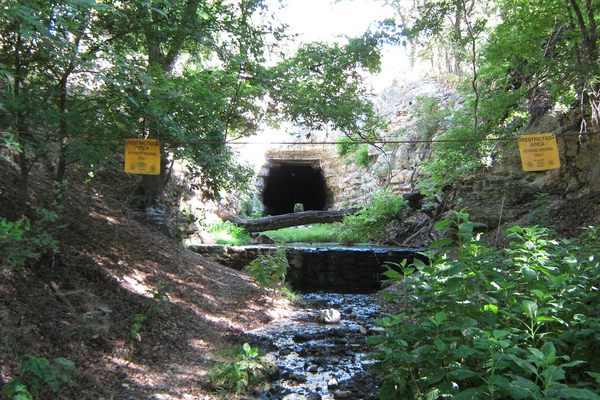
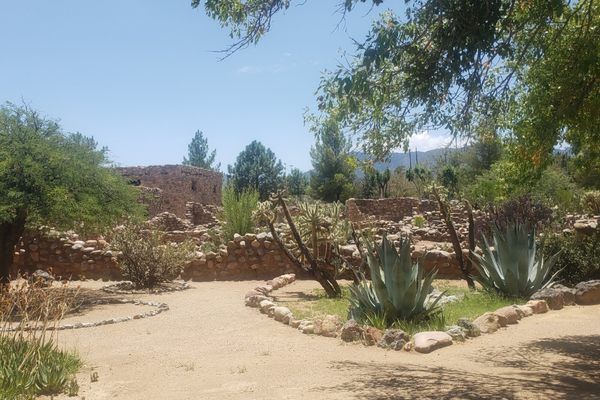

Follow us on Twitter to get the latest on the world's hidden wonders.
Like us on Facebook to get the latest on the world's hidden wonders.
Follow us on Twitter Like us on Facebook